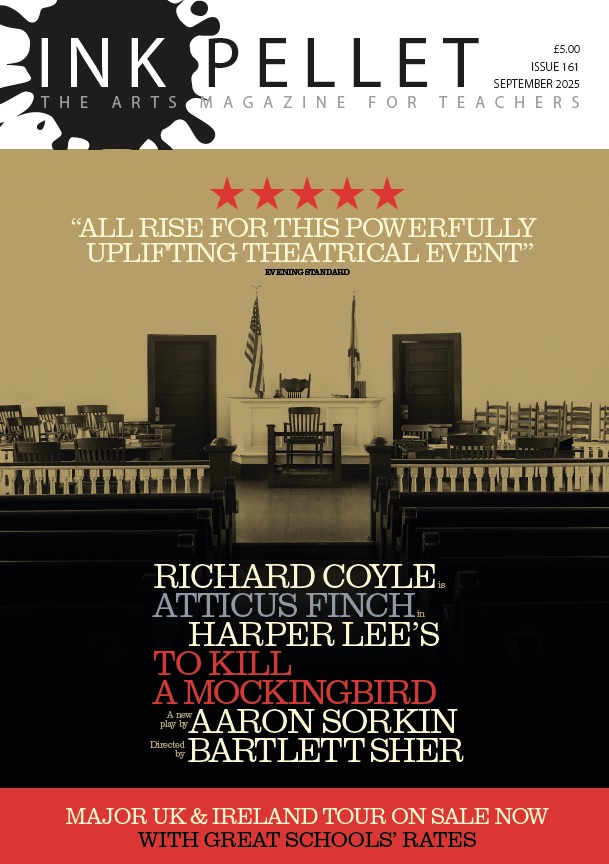The popularity of Journey’s End lives in the terrible relevance of its subject-matter – war. There was a collective gasp in the Theatre Royal, Nottingham’s auditorium when newcomer Raleigh explains to his senior officer that he’s only just left school. For the next two and a half hours the audience – composed largely, but not entirely, of pupils not much younger than he – sat spellbound by what the programme notes rightly describe as the ‘copper-bottomed authenticity’ of R.C. Sherriff’s 1928 drama.
Many of the actors themselves were relatively young; their biographical notes as brief as some of the lives they were playing. Even though the company had been on tour for over nine months by the time the production reached Nottingham, these young men brought a freshness and a spontaneity to what was – as it has to be – a conventional production. The blocking was unobtrusive; the business restrained. David Grindley left the words (and the silences) to speak for themselves
The plot follows a few days in World War l in which the men – and the audience – wait for the next ‘big attack’. The set – a dugout on the front line near St Quentin in 1918 – remains the same throughout. For a generation used to seeing the minutiae of blood and gore close up (both as CGIs and newsreel), there is little of either. The impact is far worse. Sherriff lures you into these men’s lives. You get to know them almost better than they know themselves; you are drawn into every mundane aspect of day-to-day living in the trenches – the fleas, the food, the fear (of dying, yes, but of living also). The play also has its lighter moments provided largely by its Baldrick prototype, Mason. Realistic sound effects remind you of the constant danger; the dialogue stresses the proximity of the Germans who are only as far away as ‘the breadth of a rugby pitch’. When the attack finally comes, Sherriff leaves the carnage to the imagination. We sat looking at the dugout, deserted except for Raleigh’s corpse, while our ears were assailed with a sustained blast of shellfire.
The production’s piece de resistance (especially for those who have seen the play many, many times) was in the realisation of the curtain call. As the curtain rose, it revealed the cast standing as statues of the fallen in front of a roll of honour which filled the whole of the backdrop. Row after row of names was exposed; row after row of lives sacrificed. The applause was a loud as the artillery fire, louder. One felt the audience was applauding all victims of the futility of war, everywhere and for all time. Powerful theatre, eh?


